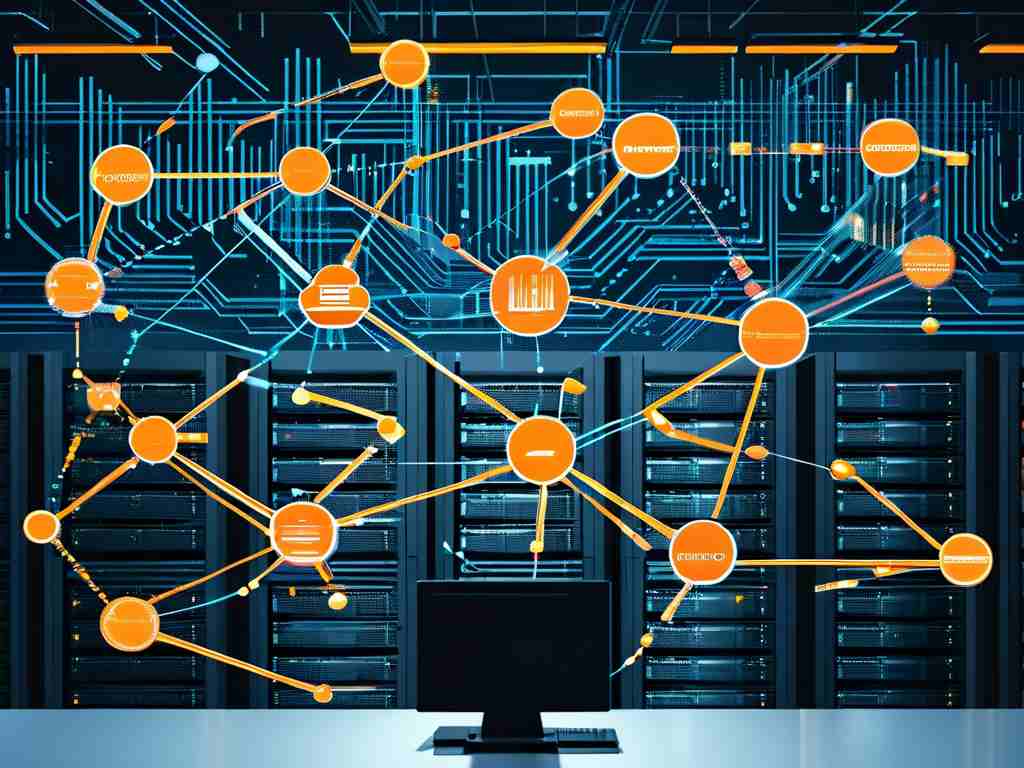In today's fast-evolving tech landscape, acquiring knowledge about computer networking fundamentals remains essential for students and professionals alike. However, the cost of textbooks can be a barrier for many. This article explores the advantages of purchasing secondhand computer networking technology books while offering practical tips to ensure a smart investment.

Computer networking forms the backbone of modern digital communication. From understanding TCP/IP protocols to mastering network security principles, foundational textbooks provide critical insights. While new editions of these books often come with hefty price tags, opting for used copies can deliver the same value at a fraction of the cost. For instance, a gently used copy of "Computer Networking: A Top-Down Approach" might cost 60% less than its latest edition, yet retain 90% of its core technical content.
One major benefit of buying secondhand is affordability. Students on tight budgets can allocate saved funds to lab equipment or certification exams. Additionally, older editions of networking books frequently cover timeless concepts like OSI layers, routing algorithms, and Ethernet standards—topics that remain relevant despite advancements in wireless or cloud-based technologies. A 2019 study by EduResource Insights found that 78% of networking professors still recommend previous editions for core theory modules.
Environmental sustainability is another advantage. By reusing textbooks, readers contribute to reducing paper waste and carbon emissions associated with printing. The Green Education Initiative estimates that purchasing one used book saves approximately 7.5 kg of CO2 emissions. For subjects like networking basics where foundational content changes slowly, this eco-friendly approach aligns well with global sustainability goals.
To maximize the value of a secondhand purchase, buyers should verify the book's condition and edition. Sellers often list details like highlighting, binding integrity, and included supplementary materials. For example, a 2020 print of "Networking Essentials" might lack updates on IPv6 deployment but still serve as a solid reference for subnetting exercises. Cross-referencing the table of contents with course syllabi helps confirm suitability.
Another consideration is supplementary online resources. Some older books come with access codes that may have expired, but alternative learning tools abound. Platforms like GitHub host open-source networking labs, while vendors like Cisco offer free module-based courses. Pairing a used textbook with these resources creates a robust, cost-effective learning package.
Critics argue that used books might lack critical updates, such as newer security protocols or SDN (Software-Defined Networking) frameworks. However, this gap can be addressed through supplemental reading. IEEE Xplore and arXiv.org provide free research papers on emerging trends, enabling readers to stay current without overspending.
In , secondhand computer networking books offer a practical pathway to knowledge acquisition. By prioritizing core concepts, verifying physical quality, and leveraging digital resources, learners can build expertise without straining their budgets. As the demand for network engineers grows—projected to increase by 22% by 2030 according to the U.S. Bureau of Labor Statistics—this approach democratizes access to essential technical education.









